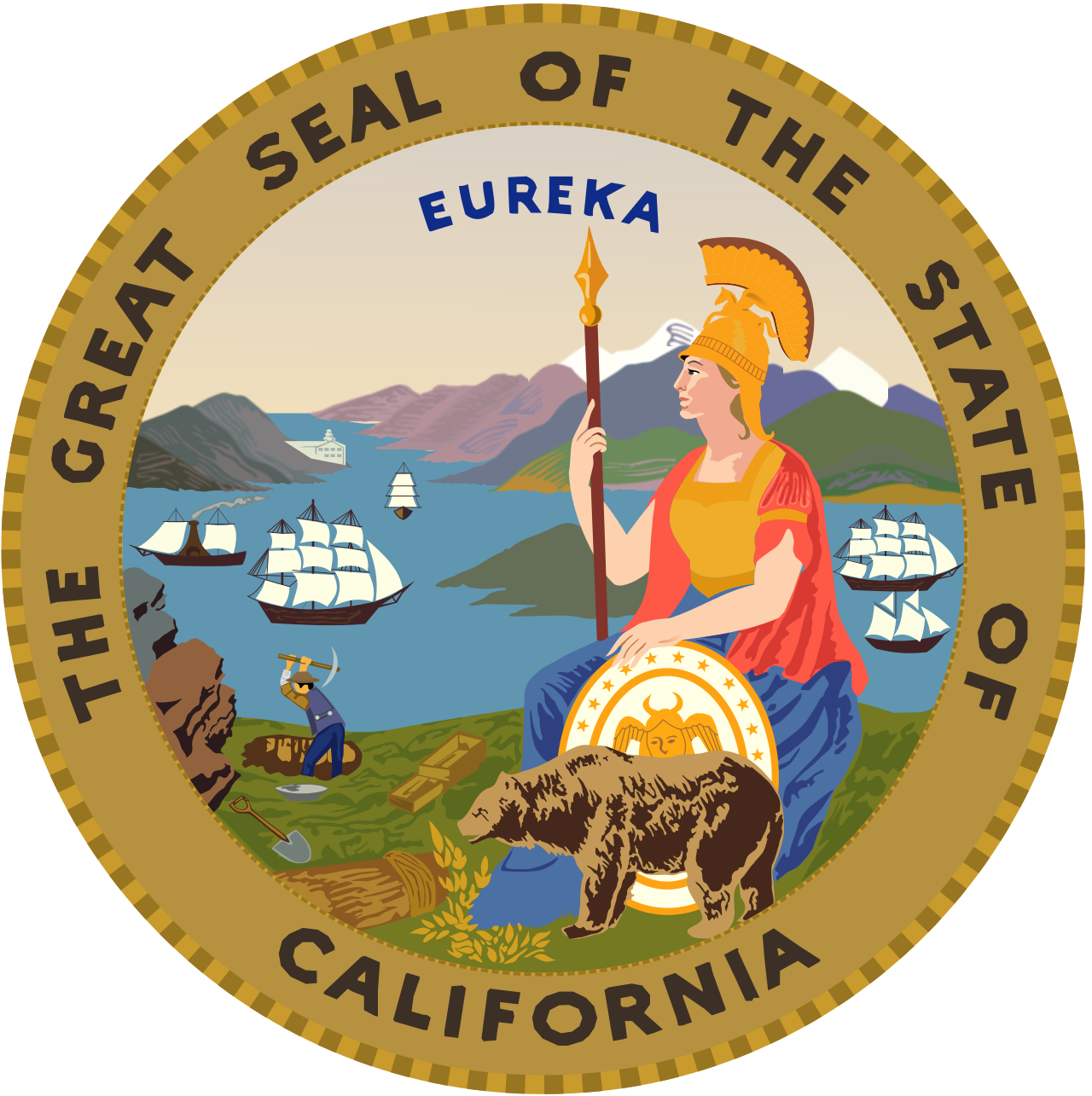It’s becoming harder and harder to get a homeowner insurance policy in California. State Farm and Allstate stopped writing new policies, citing wildfire risks. Others are limiting new customers.
And now, several viewers tell San Francisco’s KGO-TV that AAA is not renewing their longtime policies – and it has nothing to do with wildfires.
These homeowners were surprised to find out aircraft and satellites were taking photos over their homes. They were baffled to find out the reasons AAA dropped their coverage – everything from clutter in the yard to draining a swimming pool to save water.


While possible that it was in retaliation… much more likely is simply… this is how insurance is calculated. Insurance is your agreement with a company for them to accept a portion of the risk of a large claim payout in exchange for a monthly payment. If the way the company calculates that risk is forced to change, of course the premiums will too.
In your example, the insurance companies were able to separate by zip code the areas that were higher or lower risk, which is one of the biggest factors that directly affects how likely they are to have to pay out a claim, and thus your monthly premium. A homeowners insurance premium has very little to do with your home itself, beyond the overall value and roughly what condition it is in. Much of it is based on the surrounding area, because that’s where the most risk comes from. It’s not from grandma for getting to turn off the stove and lighting a candle, it’s burglars breaking in or the seasonal chance of a wildfire destroying the property.
For instance, a person living in an area of the city that sees property crime rate at 5000% of another will of course have a different risk factor for the company to need to pay out, and the insurance premium takes that into account. If the company can no longer separate areas on a smaller scale, then the calculation will instead have to look at a larger area to determine risk, like an entire county for instance. The most risky areas could have seen their insurance costs drop a bit while the “safer” areas saw it rise, not because the company is actively trying to increase a cost, but simply because the overall risk of the new larger area is higher than their zip code was. It likely doesn’t even involve a person making a change other than telling the algorithm to replace the zip code risk factor with the county risk factor. Insurance companies make money by collecting money from a ton of people in the area and then profitting off the difference between the premiums and what they have to payout in claims. In areas with higher risk, payouts are predicted to be higher so the premiums are higher to compensate. It’s still a profit-driven business after all, they aren’t going to reduce their profit because you live in a dangerous area, you will just have to pay more.
The entire point of insurance is to socialize and share losses, via a private company. An individual doesn’t have to bear all the responsibility because a company or other group is willing to accept part of that responsibility in exchange for the monthly premium. Insurance is just sharing risk, and by removing the company’s ability to separate by zip code, the overall risk for everyone changed because the surrounding region they can calculate risk from covered changed.